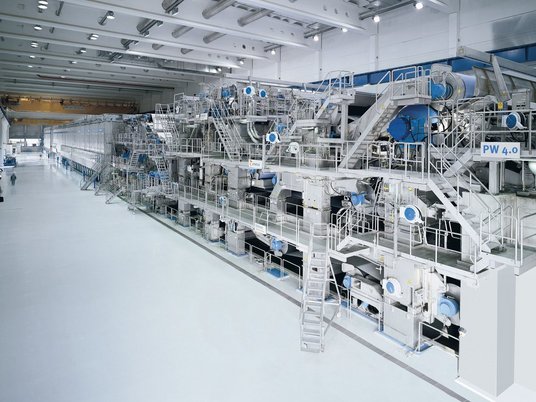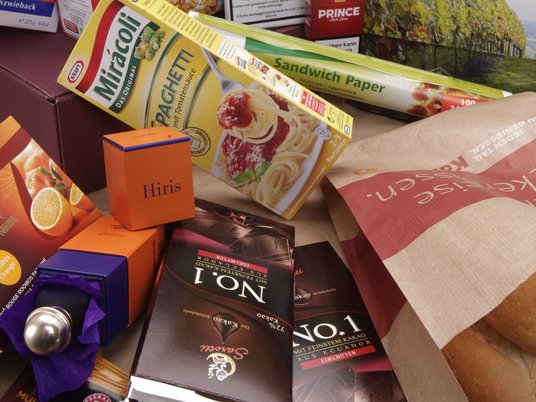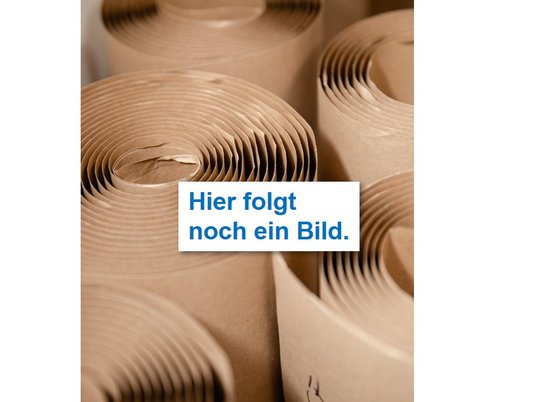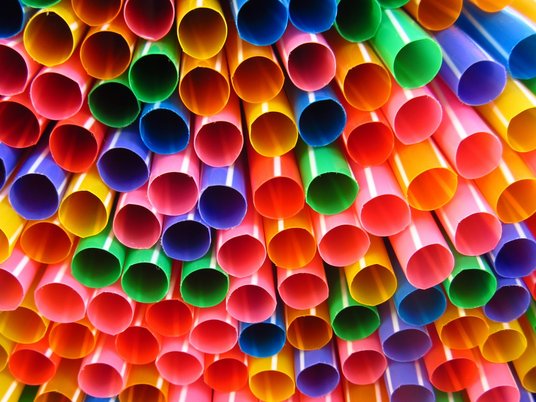
Authenticity and dating
Paper is usually a cheap mass product. In special cases, however, it can also have great financial and sentimental value as a carrier of works of art and historical and other important documents, and thus be the cause of forgeries.
In order to detect forgeries, we use state-of-the-art image-analytical and spectroscopic measuring methods in addition to the well-known classical paper analysis methods, such as the microscopic detection of certain fibres. Based on the measurement results, papers can be characterised, differentiated and dated in detail.
Description Picture left: Raman image of a cross-section of paper from the 19th century.
The following examination methods are available:
- With our image analysis system DOMAS, the paper structure can be analysed in detail and certain paper markings can be filtered out. The dating and differentiation of papers is possible via a chronological classification of such structures.
- in cooperation with an experienced art historian, we have further developed the possibilities of paper structure analysis for the verification of dating or the detection of plagiarism.
- with modern spectroscopic measuring methods such as IR, NIR and Raman spectroscopy or imaging, chemical "fingerprints" of papers can be created, which can be used to identify and date papers.
- in cooperation with the Leibniz Laboratory for Age Determination and Isotope Research at the Christian Albrechts University in Kiel, PTS has developed an analytical method for the absolute dating of modern papers (from 1955) by 14C radiocarbon measurements.
Expert at PTS:
Dr. Enrico Pigorsch - expert for forensic paper examination at the Gesellschaft für Forensische Schriftuntersuchung (GFS) www.gfs2000.de
He will be happy to advise you on this examination and all related topics.





